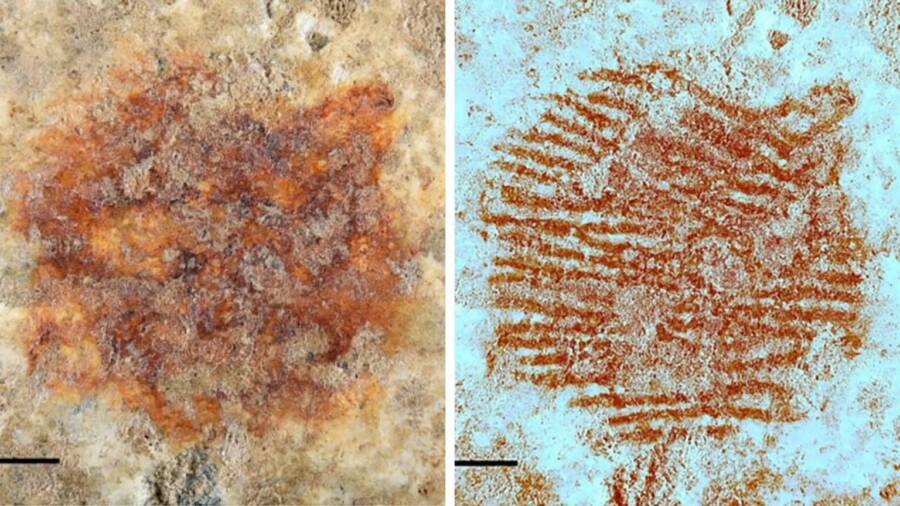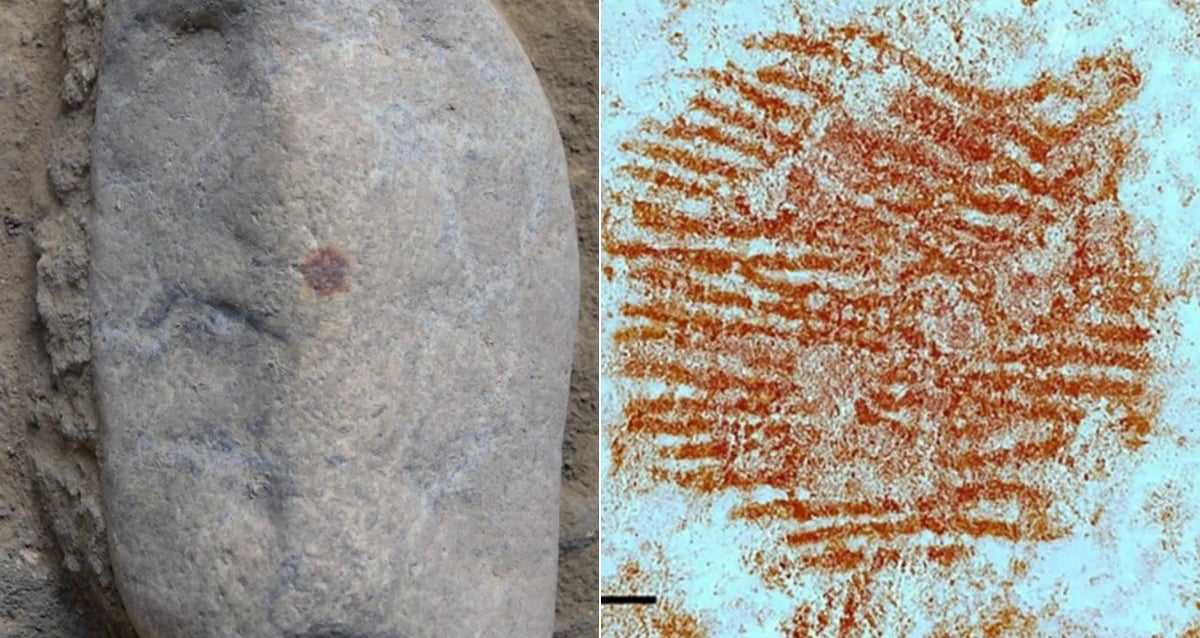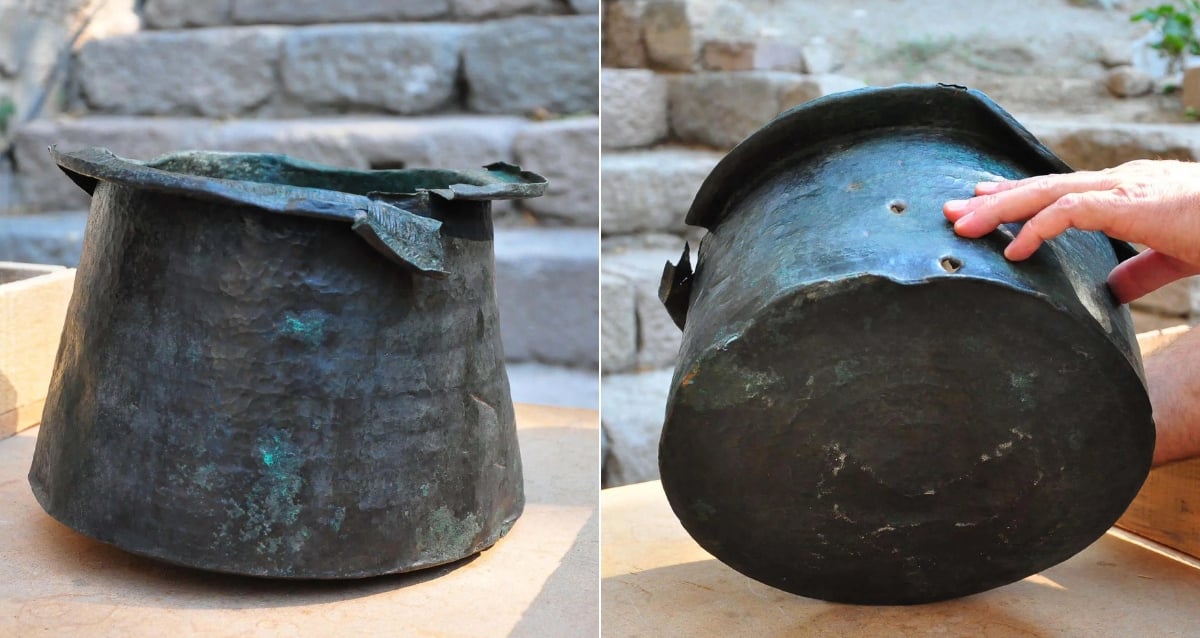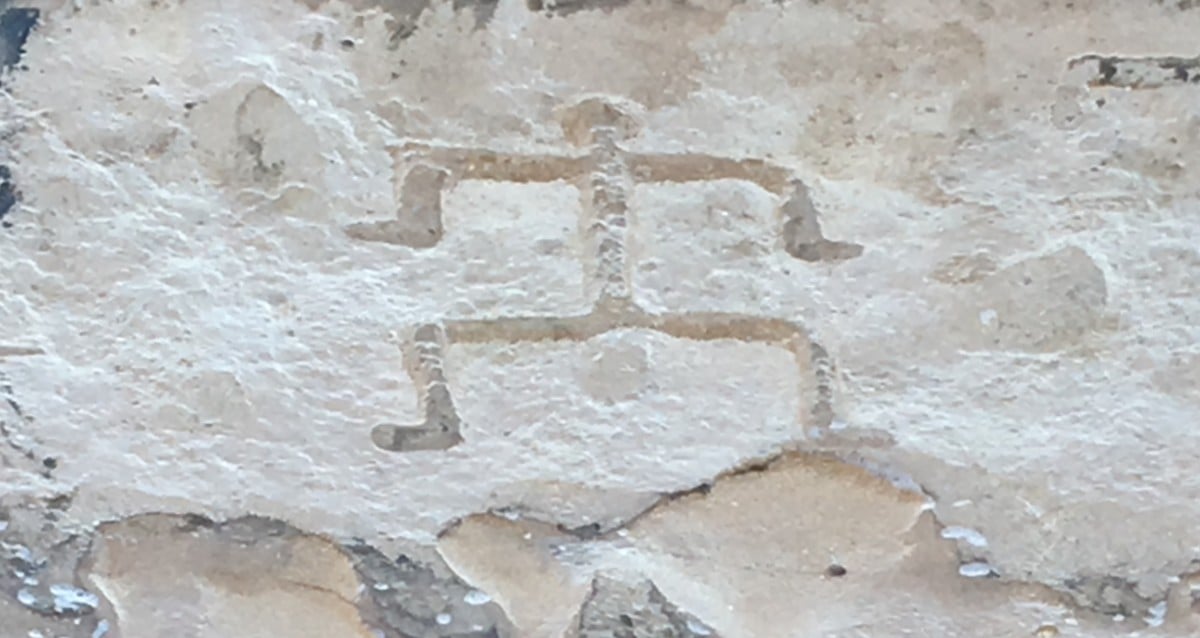Ancient Mystery Unveiled: Neanderthal’s 43,000-Year-Old Fingerprint Discovered in Spain Challenges History
To try and prove their theory, the team enlisted other experts, which led to a few interesting findings. Firstly, the red pigment used on the stone was not found anywhere else in the cave — a clear indication that its placement was intentional.
Then, during multi-spectrum analysis, they identified a fingerprint, one belonging to an adult Neanderthal male.
The World’s Oldest Fingerprint Provides Insight Into Neanderthals’ Minds
The team just published their findings in the journal Archaeological and Anthropological Sciences, writing, “The fact that the pebble was selected because of its appearance and then marked with ocher shows that there was a human mind capable of symbolizing, imagining, idealizing, and projecting his or her thoughts on an object.”
The red dot — and the fingerprint — was the key to this theory. With no other similar marks in the cave, and the fact that the pigment was manmade and not natural, there was enough evidence to suggest that the placing of the dot was intentional.
“It couldn’t have been a coincidence that the dot is where it is – and there are no markings to indicate any other use,” Álvarez Alonso added. “So why did they bring this pebble from the river to the inside of the cave? And, what’s more, there’s no ochre inside the cave or outside it. So they must have had to bring pigment from elsewhere.”

Álvarez-Alonso et al.The Neanderthal fingerprint, fully revealed during multi-spectrum analysis.
As the BBC reported, Spanish officials highlighted the remarkable nature of this discovery during a news conference. Official Gonzalo Santonja noted in particular that this rock is “the only object of portable art painted by Neanderthals” — at least, the only one that’s ever been found.













